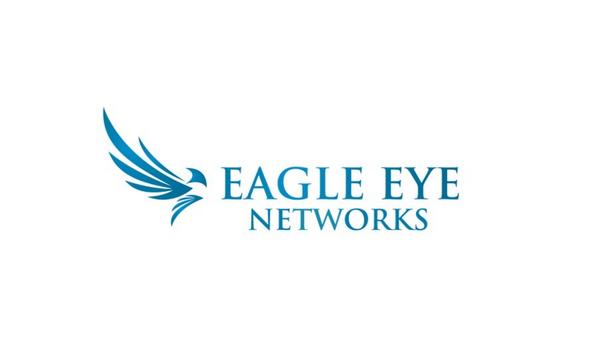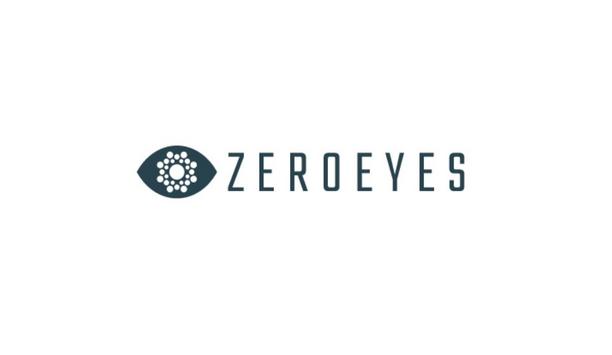An increasing number of organisations are benefitting from centralised management of their multi-location network surveillance systems. Multi-site surveillance systems not only increase efficiency, they also save money while doing so.
Network surveillance systems are getting increasingly common and larger and, in many cases, more complicated. It is a safe bet that, for example, the average retail store manager would gladly hand the running of the system over to someone else. And this is precisely the point of multi-site surveillance systems.
Multi-site network-based surveillance systems
Decision making, monitoring, reporting, alarm management, and user management are all done centrally
Multi-site network-based surveillance systems come in many sizes. There are the small and basic systems, spread over just a few sites. At the opposite end of the spectrum are large and sophisticated so-called federated systems with maybe thousands of locations across several countries, including IP video surveillance, access control, speakers for messages, and more.
However, they all share one crucial characteristic. Decision making, monitoring, reporting, alarm management, and user management are all done centrally.
Benefits of a centrally controlled system
While a local system will often be more powerful and rich in functionality, a centrally controlled system has some definite benefits. The security operator can access all sites and all the data on the various sites, covering them remotely from a common interface.
It will significantly make the security operator’s daily work more manageable. Advantages include live view monitoring, more effective alarm management, improved playback, and forensics as it simplifies video export. With a multi-site setup, a local manager doesn’t have to hire an operator or assign security duties to someone on the staff.
“When you centralise the skills, everyone can focus on what they do best,” said Per Sten, Director End-to-End Solutions at Axis Communications, adding “Security will be more efficient, and you will save money on the operation as well as on equipment and training. And you will have someone that is an expert on the surveillance system, instead of someone locally who uses the system now and then.”
Superior scalability
Depending on the role within the central organisation, the user benefits of multi-site surveillance systems vary. Management of information technology (IT) for business operations and operational technology (OT) for industrial control systems will get more effective across multiple sites. The benefits cover system health monitoring, firmware upgrades, device management, inventory and improved access control.
“A multi-site IP surveillance system also provides superior scalability,” explains Per Sten, adding “It is easy to add more cameras or door stations locally, or entire new sites, as the needs change and the local systems are working independently with no need for synchronised updates of software between local sites and central location.”
Axis end-to-end solution (E2E)
Axis partners with many renowned VMS suppliers, providing cameras to advanced federated systems
Axis partners with many renowned video management software (VMS) suppliers, providing cameras to advanced federated systems. However, for users who want to set up multi-site IP surveillance but don’t need the complex functionality of federated surveillance, an Axis end-to-end solution (E2E) would be the perfect fit, getting the entire system from one single supplier.
Per Sten stated, “Even modestly sized multi-site systems can be complicated, as you add more equipment suppliers, the risk of something going wrong increases. With one source supplying all components, you can rest assured that it will perform according to the requirements.”
It will be easier to get the system up and running and to utilise all the functionalities. Axis tests systems thoroughly and takes full responsibility for solving any problems.
AXIS Companion and Camera Station
Axis Communications also has proven VMSs to run the systems, AXIS Companion, and AXIS Camera Station. AXIS Companion meets the needs of more basic multi-site systems. The user could be a retail chain with smaller-sized stores, with basic surveillance needs and mostly occasional users.
AXIS Camera Station is a more advanced option. A central operator can combine various camera views or events aggregated from different sites. While not a full-fledged federated system, it meets many multi-site systems needs as long as there aren’t too many locations involved. Much depends on the system configuration.
Multi-site functionality
Axis has supplied AXIS Companion and AXIS Camera Station-based systems to retail store chains, some with flagship stores that have more advanced surveillance needs and a person responsible for security. Another typical user could be a school district with several schools.
Axis continually develops AXIS Companion and AXIS Camera Station to include more advanced multi-site functionality. Per concludes, “It is important to us to continuously monitor what happens in the market. This way, we can upgrade our systems to fit new and changing customer requirements.”




















